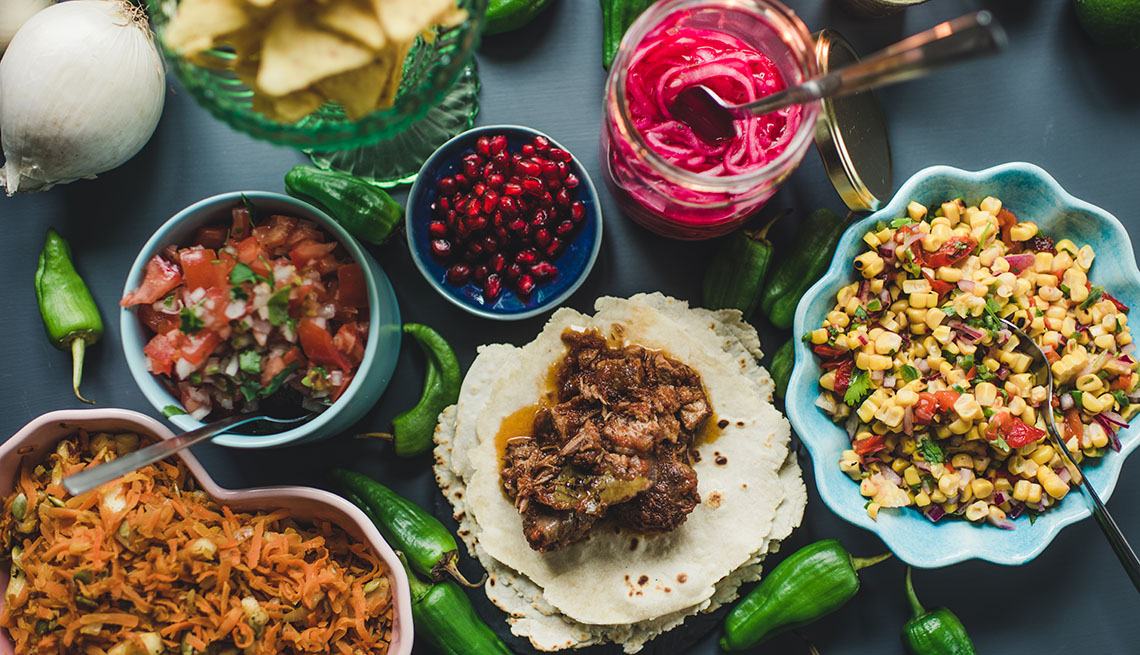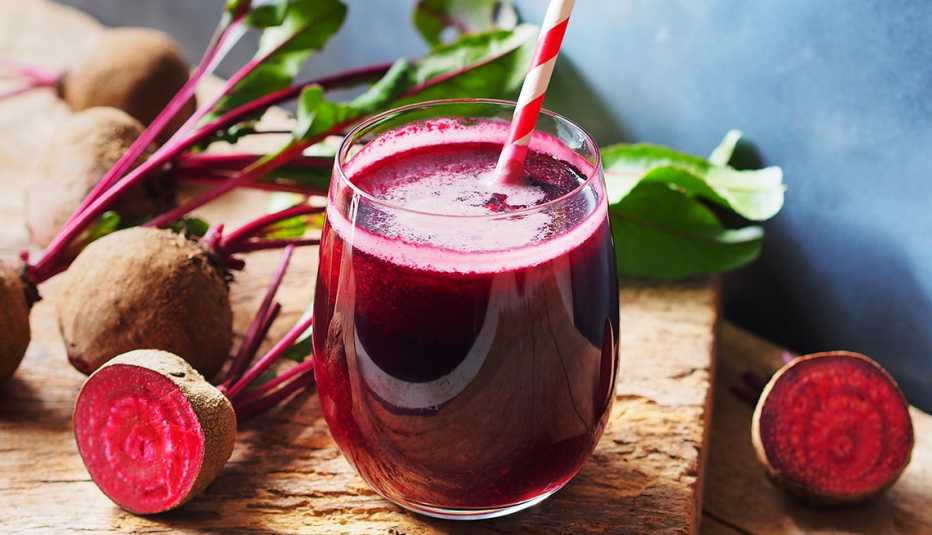Staying Fit
It turns out that the culinary delights of our neighbor to the south aren’t just tasty, they can also be a healthy addition to your diet, according to researchers.
Studies have found that these five staples of Mexican cuisine provide some substantial health benefits.
1. Avocado
A recent study in the Journal of the American Heart Association found that adults who eat a cup of avocado per week have a 16 percent lower risk of cardiovascular disease and a 21 percent lower risk of coronary heart disease compared with people who rarely eat avocados. The researchers also determined that the risk of cardiovascular disease was between 16 and 22 percent lower for folks who swapped half a daily serving of margarine, butter, egg, yogurt, cheese, bacon or other processed meats for avocado.


AARP Membership— $12 for your first year when you sign up for Automatic Renewal
Get instant access to members-only products and hundreds of discounts, a free second membership, and a subscription to AARP the Magazine.
Although the study doesn’t directly answer why eating avocados is good for your heart health, a medium-size Hass avocado contains about 13 grams of oleic acid, or about the same as two tablespoons of olive oil. Half an avocado provides up to 20 percent of the daily recommended fiber, 10 percent of potassium, 5 percent of magnesium and 15 percent of folate, according to the researchers.
In a separate study appearing in The Journal of Nutrition, researchers found that (over a 12-week testing period) including an avocado in the daily diet of overweight women helped them reduce belly fat.



































































